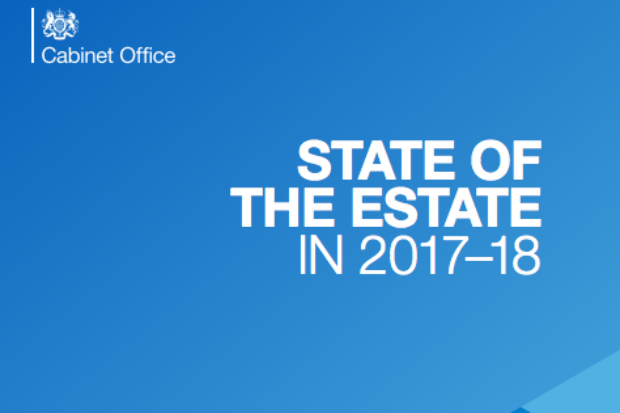
Today, the Office of Government Property launched its annual State of the Estate report, assessing the efficiency and sustainability of property in the Government Estate.
We have made fantastic progress over the last year, and there are some impressive figures to share:
-
the Government Estate has reduced by 156,000m² – the equivalent of 13 Trafalgar Squares
-
vacant space in the central estate declined by 10%, meaning that it now represents just 1.4% of the central estate – a considerable achievement, given that the average in the private sector is 7.1%
-
we have secured £750 million in capital receipts from the sale of surplus properties – a notable step towards the commitment to secure £5 billion in receipts by 2020, which will support the release of land sufficient for 160,000 homes
-
and we have made annual running-cost savings of £22 million in real terms, creating a saving in real terms of £760 million in running costs since 2010.
Key themes highlighted in the report include estate transformation programmes – such as those of HM Revenue & Customs and the Department for Work & Pensions – and strategic investments to gain longer-term efficiencies.
The property function is also transforming the estate, not just to manage increasing demands and enabling better business outcomes, but modernising it in response to the need for more flexible work environments. There is also continued emphasis on the most efficient use of space through collaboration across departmental and local authority boundaries, as evidenced by the One Public Estate programme.
As we look ahead, government property will continue to be about more than driving value from space and reducing cost. As set out in the Government Estate Strategy 2018, it is an enabler for the Government’s wider objectives, including stimulating economic growth and opportunity across the UK. It is also a platform for innovation and transformation in how we work. The Government Hubs programme is a great example of how we can improve the efficiency of government through smarter working and modern workspaces that encourage collaboration across boundaries and public services focused on the needs of users.
